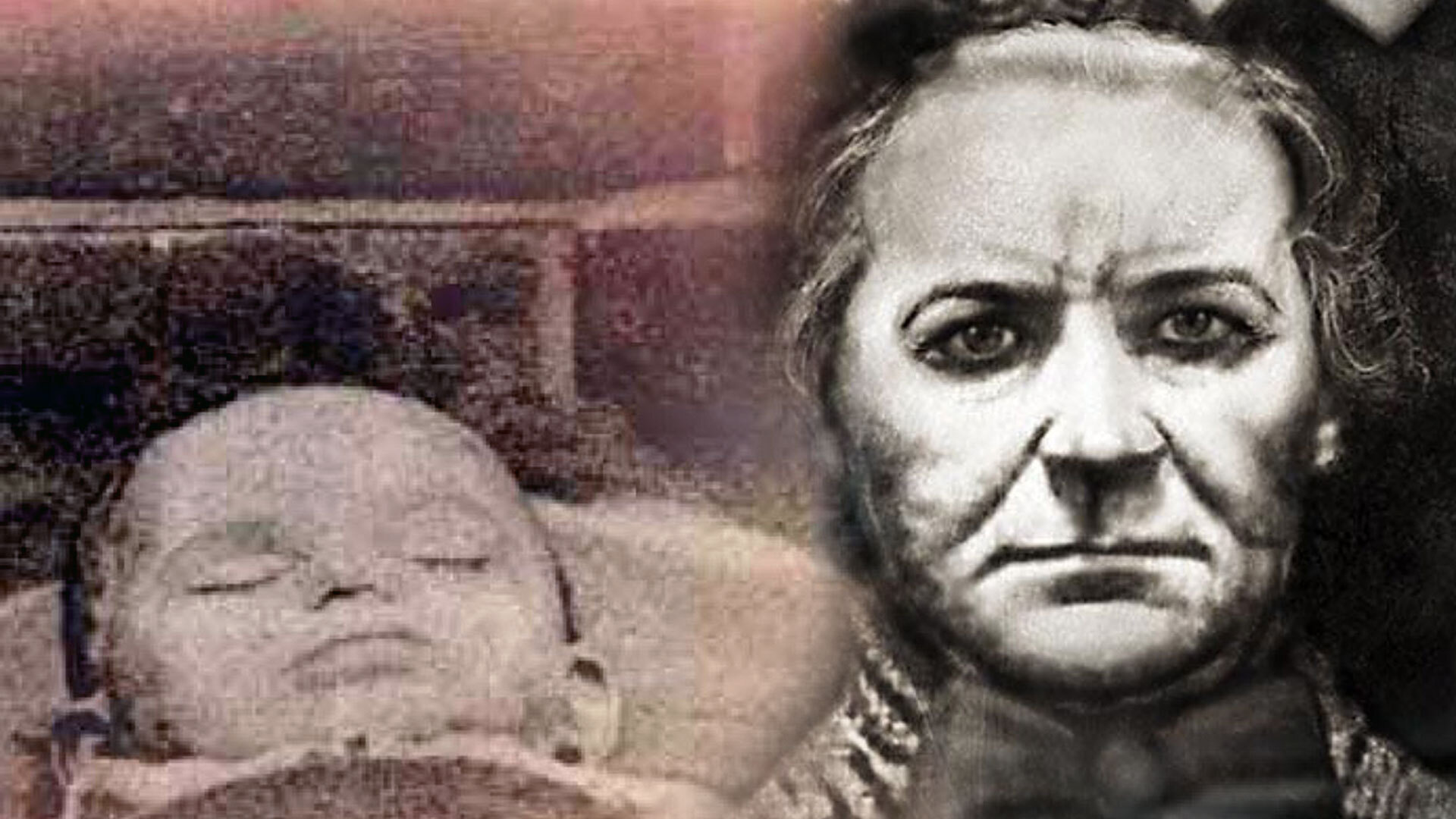
Who was Amelia Dyer? Amelia Dyer, a name that sends shivers down spines, was one of the most notorious serial killers in Victorian England. Known as the "Angel Maker," she preyed on vulnerable mothers and their infants, promising to care for the babies in exchange for money. Instead, she ended their lives, pocketing the cash. Her gruesome deeds spanned over three decades, making her one of history's most prolific murderers. Dyer's actions shocked the nation and led to significant changes in child protection laws. Understanding her dark legacy helps us grasp the importance of safeguarding vulnerable lives.
Key Takeaways:
- Amelia Dyer, a notorious figure in Victorian England, exploited desperate mothers through baby farming, leading to over 400 infant deaths. Her capture brought about changes in adoption laws and greater scrutiny of baby farming practices.
- Despite suffering from Munchausen syndrome by proxy and a traumatic childhood, Dyer's greed and lack of empathy drove her to commit heinous acts. Her story serves as a grim reminder of unchecked power and its consequences.
Early Life and Background
Amelia Dyer's story begins in the 19th century, a time when England faced many social challenges. Her early years shaped the person she would become.
- Born in 1837, Amelia Dyer grew up in a small village called Pyle Marsh, near Bristol, England.
- Her father, Samuel Hobley, was a master shoemaker, providing a modest income for the family.
- Amelia was the youngest of five children, experiencing a relatively stable childhood until her mother's illness.
- Her mother, Sarah Hobley, suffered from mental illness, which deeply affected Amelia's upbringing.
- At 24, Amelia married George Thomas, who was 59 years old, a significant age gap even for that era.
Career Beginnings
Amelia's career took a dark turn as she moved from nursing to baby farming, a practice that involved taking in infants for a fee.
- Initially trained as a nurse, Amelia shifted to midwifery, where she saw an opportunity to make more money.
- Baby farming became her primary source of income, exploiting desperate mothers who couldn't care for their children.
- She advertised her services in newspapers, promising a loving home for unwanted babies.
- Amelia's first known victim was an illegitimate child named Doris Marmon, whose mother had entrusted her to Dyer's care.
- She would often drug the babies with opiates to keep them quiet, leading to many deaths from starvation or overdose.
Criminal Activities
Amelia Dyer's criminal activities escalated, making her one of the most notorious figures in Victorian England.
- She moved frequently to avoid detection, using aliases and changing addresses.
- Dyer would forge adoption papers to make it appear as though the children were legally adopted.
- She was first arrested in 1879 but only served six months of hard labor for neglect, not murder.
- After her release, she resumed her baby farming activities, becoming more cautious to avoid getting caught.
- Amelia's method of disposing of bodies involved wrapping them in parcel paper and throwing them into the River Thames.
Capture and Trial
The capture and trial of Amelia Dyer brought her gruesome activities to light, shocking the nation.
- In 1896, a package containing the body of a baby was found in the River Thames, leading to her arrest.
- The label on the package was traced back to Dyer, providing crucial evidence against her.
- Police found evidence of at least 20 murders, though it's believed she killed many more.
- During her trial, Amelia pleaded insanity, citing her mother's mental illness as a factor.
- The jury took only four and a half minutes to find her guilty of murder.
Execution and Legacy
Amelia Dyer's execution marked the end of her reign of terror, but her legacy continues to be a dark chapter in history.
- She was sentenced to death by hanging and was executed on June 10, 1896, at Newgate Prison.
- Amelia showed no remorse during her final days, maintaining her innocence despite overwhelming evidence.
- Her case led to changes in adoption laws and greater scrutiny of baby farming practices.
- The press dubbed her "The Ogress of Reading," highlighting the horror of her crimes.
- Amelia Dyer is believed to have killed over 400 infants, making her one of the most prolific serial killers in history.
Psychological Profile
Understanding Amelia Dyer's psychological profile offers insights into her motivations and actions.
- Experts believe she suffered from Munchausen syndrome by proxy, a condition where caregivers harm those in their care for attention.
- Her traumatic childhood, particularly her mother's illness, likely contributed to her disturbed psyche.
- Amelia's greed and lack of empathy were driving forces behind her heinous acts.
- She exhibited signs of narcissistic personality disorder, craving control and admiration.
- Despite her crimes, she managed to evade capture for years, showcasing her cunning and manipulative nature.
Cultural Impact
Amelia Dyer's story has left a lasting impact on popular culture, inspiring various works of fiction and media.
- Her life has been the subject of numerous books, documentaries, and films, exploring the dark side of Victorian society.
- The term "baby farming" became synonymous with neglect and murder, largely due to Dyer's actions.
- Her case highlighted the need for social reforms, particularly in child welfare and adoption practices.
- Amelia Dyer's story serves as a grim reminder of the vulnerabilities faced by women and children in the 19th century.
- Her legacy continues to be a cautionary tale about the dangers of unchecked power and greed.
The Dark Legacy of Amelia Dyer
Amelia Dyer's story remains one of the most chilling in history. Her actions as a baby farmer left a dark mark on Victorian England. Over the years, her name has become synonymous with cruelty and deception. Dyer exploited the vulnerable, leading to the tragic deaths of countless infants. Her trial and execution brought some justice, but the scars of her deeds linger.
Understanding Dyer's life and crimes offers a glimpse into a grim chapter of the past. It serves as a reminder of the importance of vigilance and compassion in society. By remembering these facts, we honor the innocent lives lost and ensure such horrors are never repeated. Amelia Dyer's legacy is a stark warning of what can happen when greed and neglect go unchecked. Let's learn from history to build a safer, more caring world.
Frequently Asked Questions
Was this page helpful?
Our commitment to delivering trustworthy and engaging content is at the heart of what we do. Each fact on our site is contributed by real users like you, bringing a wealth of diverse insights and information. To ensure the highest standards of accuracy and reliability, our dedicated editors meticulously review each submission. This process guarantees that the facts we share are not only fascinating but also credible. Trust in our commitment to quality and authenticity as you explore and learn with us.


